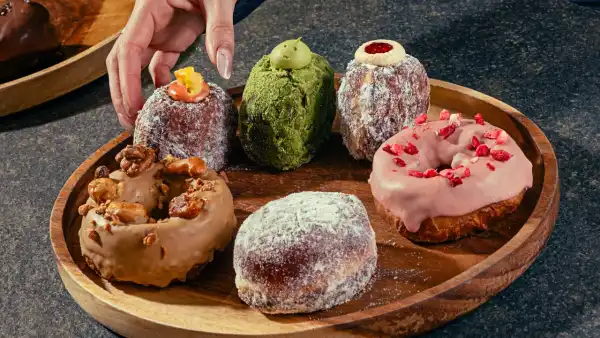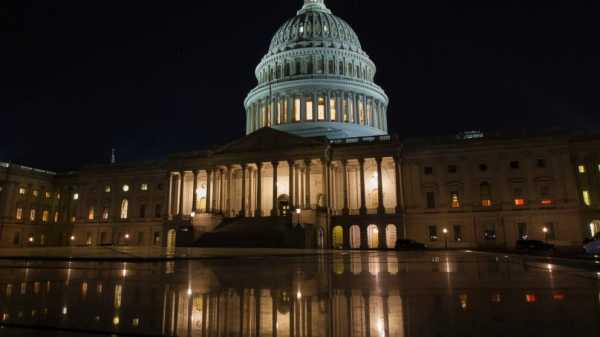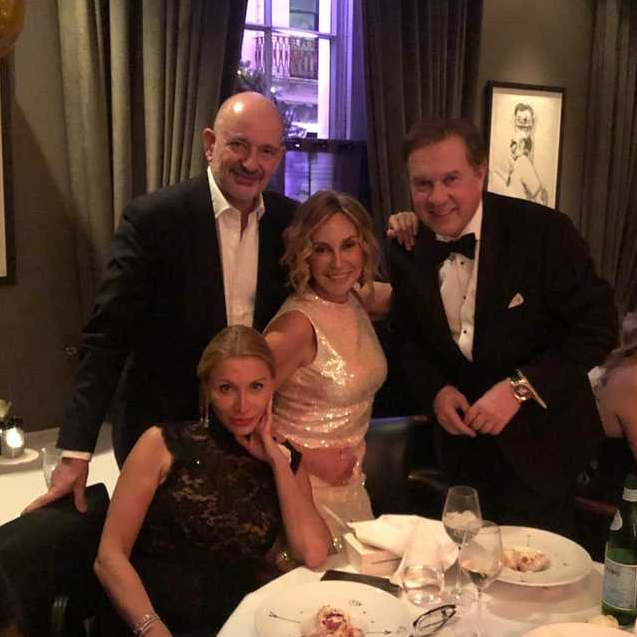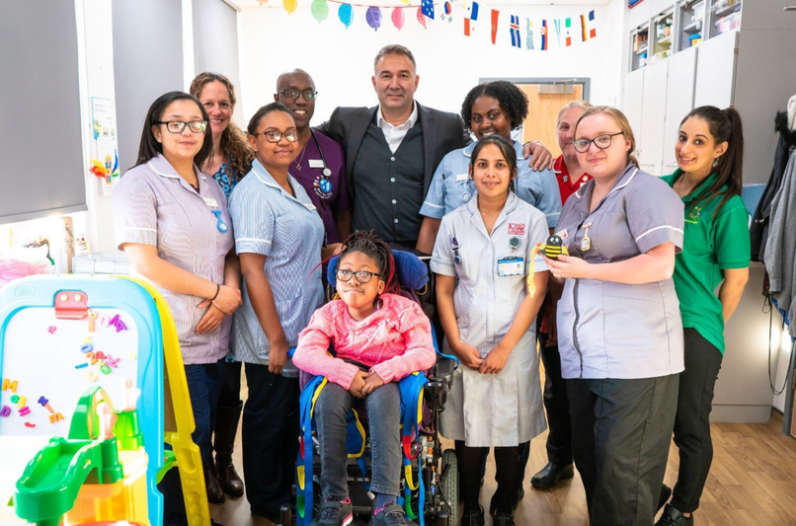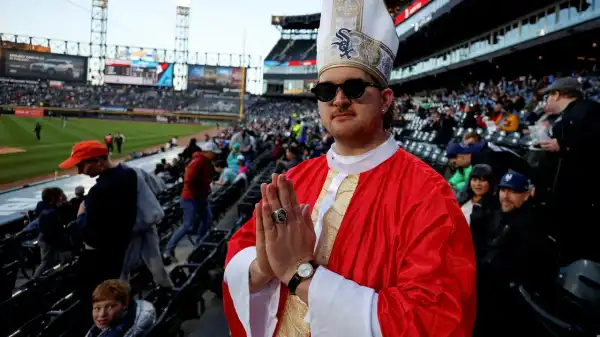
Save this storySave this storySave this storySave this story
In Chicago, there is a great deal of enthusiasm for Pope Leo XIV, or Father Bob, as he is often called by those who have known Robert Francis Prevost for a long time. It is exciting to imagine Pope Leo strolling around town, enjoying an Italian beef sandwich, eating thick-crust pizza, and watching the White Sox. “Da Pope.”
Many Chicagoans I spoke with shared stories of their connections to him. Mimi Cowan, director of government relations and programs at the Field Museum, sent me a screenshot of a message from her parents: “Tom and I have a very close connection to the new Pope!!! One of our closest friends, Keith, has a cousin who is a Jesuit priest in Chicago. He is best friends with the Pope and the Pope’s brother! They went to high school together! Keith thinks he’ll get a chance to hang out with the Pope if he comes to Chicago to see his brother and close friends!” Bonnie Clapp, a waitress at the Kerryman, an Irish bar and restaurant in the River North neighborhood that offers discounted shots of Malört, a famous Chicago liqueur, to those celebrating Leo’s birthday, said she overheard a woman at a table she was waiting say, “I’m kind of a big deal — I’m related to the Pope.”
Cesar Izquierdo, owner of Taste of Peru, a popular restaurant in the Rogers Park neighborhood, said he cried when he saw a photo of his mother after learning that the new pope was from Chicago and Peru. Pope Leo spent more than two decades in northern Peru, first as a young missionary in Chulucanas and Trujillo from 1985 to 1998, and then again from 2015 to 2023, when he served as bishop of Chiclayo. The pope is no exception, as many Chicago pastors have been sent to Latin America to do missionary work, according to historian Deborah Kanter. But because of his love for the country, Leo became a naturalized Peruvian citizen in 2015.
Izquierdo, who is originally from Lima, said it was a “double whammy,” since the new pope came from the two places he most closely identifies with. He added that the restaurant’s seco de cordero — lamb cooked in red wine, beer, ancho chiles, red peppers, and pumpkin, served with white rice and canary beans — will soon be renamed Seco de Cordero al Estilo Papa León. (Izquierdo has heard that the pope’s favorite dish is goat with Inca Coke. There’s currently a special goat dish on the menu in Leo’s honor, but in the future, they’ll probably just rename their lamb dish after him.) The Vatican’s colors are white and yellow, so Izquierdo placed white and yellow roses on each table. A few days later, a student at Northwestern University, where I teach, told me that the Vatican flag was flying outside the restaurant. Cesar’s daughter, Sara, told me that the restaurant’s patrons, mostly Peruvians, had begun shouting, “El Papa es peruano y la papa, también”—the Pope is Peruvian, and so are the potatoes. (Potatoes were first domesticated in the Andes. They were brought to Europe by the Spanish in the sixteenth century.)
The excitement in more sacred spaces was also palpable. At Holy Name Cathedral in downtown Chicago, a special Mass was held for Pope Leo. Bishop Lawrence Sullivan, a South Side native and vicar general of the Archdiocese of Chicago, said “it was natural for us to be grateful that a fellow Chicagoan would become our supreme pontiff.” Father Michael Trail, pastor of St. Thomas the Apostle, a historically black church in Hyde Park that he says is now “one-third black, one-third white, and one-third everything else,” said his parishioners were “over the moon” about Leo’s choice. During a Spanish-language Mass at St. Paul’s Church in Pilsen, a largely Latino neighborhood southwest of downtown, Father Domingo Hurtado-Badillo, citing the pope’s birth in Chicago, his multilingualism and his time in Peru, said, “We have many reasons to celebrate and to thank God.” The archdiocese, capitalizing on the papal moment of enthusiasm, will hold the Mass June 14 at Rate Field, home of the White Sox, while the team is out of town for a series against the Texas Rangers.
When Leo was about thirty, after completing his studies at the Catholic Theological Union and after his ordination at the Church of Santa Monica degli Agostiniani in Rome, but before his first stay in Peru, he taught at the St. Rita of Cascia High School in South
Sourse: newyorker.com
